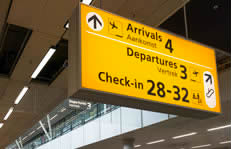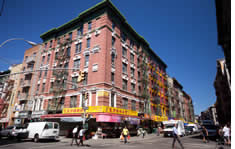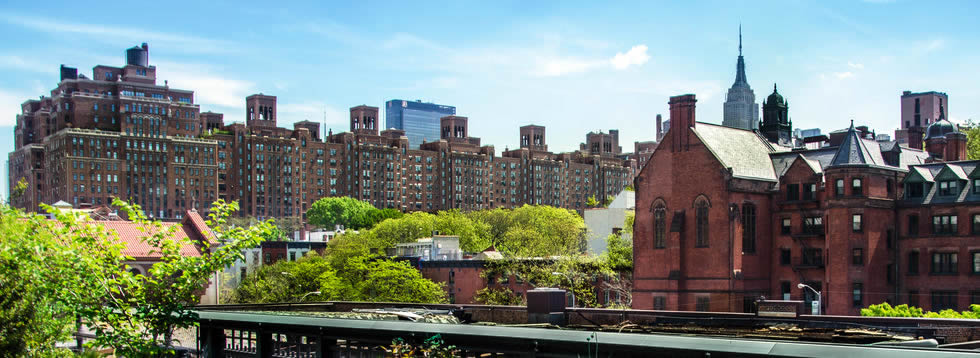Trusted service since 2003
Flight Delayed? We wait.
24/7 Customer Service
| ||
| |||
 |
| ||
 |
| ||
Chinatown and Little Italy Airport Shuttle Service
The Roman Catholic Church, a mainstay in the lives of the Italians built the first Catholic Church that actually retained the Italian Catholic traditions. The Italians that arrived in the United States after 1900, numbered upward of 200,000 a year. By the year 1940, Little Italy had become a tourist attraction for many. Streets became populated by the different region groups. They each appeared to have their own street. This is no longer the case in Little Italy. The streets are a mix of all regions, no longer divided, and in general known as Italian Americans.
| Chinatown and Little Italy |
 | Chinatown and Little Italy is a historic district located in New York City. It was listed in the National Historic Register in 2010. Chinatown and Little Italy hold a significant importance in the history of immigration in the United States. |
About Chinatown and Little Italy It is a section of town that is bordered by the streets of Baxter, Center, Cleveland Place and Lafayette on the west side, East Hudson and Jersey streets on the north side, Worth Street on the south side and Elizabeth Street to the east. Most buildings are three to seven stories tall and four units wide. Travelers can book transfers from JFK airport as it is only about a 45 minute ride away and is very well known for amazing food. They are predominantly made of brick, as was popular in the late 19th to early 20th centuries. There are old factories and loft buildings in the mix. Immigrants arrived from all over the world and settled in areas they felt that they could afford. Times were tough for all then, and making a living was just as hard. The scale of immigrants in this area far outweighed those of any other area in the nation. The Chinese Opera House was opened in 1892-93 by Chu Fong, who was an actor. By the 1920’s the main notion was to sustain a food industry by the Chinese. Chinese foods, grown in Long Island were trucked in daily to Chinatown. The shrines where Taoist beliefs were practiced smelled of incense and became popular with the people of New York. The American name for these shrine buildings was "Joss house." One prominent Shrine did open to the public at 20 Mott Street. From 1880 to 1923, there were six Italian Immigration Enclaves established. The first wave of the Italian immigrants situated in the neighborhood of Five Points during the 1840s. The majority of these immigrants were from the northern portion of Italy. During the 1870s, the southern Italians arrived and settled in the area of Pell Street, Baxter Street and Worth Street. The immigrants included laborers, musicians, tradesmen and barbers. Italian food businesses began to open along the streets in the neighborhood. Pina Alleva opened a cheese shop on Mulberry and Grand in 1892. Ms. Alleva’s descendants are still producing cheese today; this shop is still in existence and is considered to be New York’s oldest cheese shop. | |
 +1 646 480 6835
+1 646 480 6835



